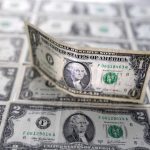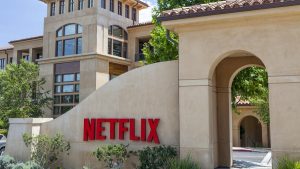Not all market bubbles — or crashes — are the same

A version of this post first appeared on TKer.co
When I first got into stock market history about 20 years ago, I recall being regularly surprised by facts and stats that I wouldn’t have assumed.
Two of them related to history’s biggest stock market crashes.
The first was about Black Monday, Oct. 19, 1987. In a single trading session, the Dow fell 508 points, which was a staggering 22.6% at the time. The S&P 500 plummeted 20.4%.
Despite the Black Monday crash, the S&P 500 ended 1987 positively.
That year, the S&P tumbled 33.5% from its Aug. 25 high to its Dec. 4 low.
The surprising fact: The market was actually positive for the year, with the S&P gaining 2%. The economy didn’t go into recession either.
The second surprise was about the dot-com bubble. From the peak of the internet stock frenzy on March 24, 2000, to its low on Oct. 9, 2002, the S&P 500 fell a breathtaking 49%.
One of the more notable events during the run-up in prices was when then Fed Chair Alan Greenspan famously asked (emphasis added):
But how do we know when irrational exuberance has unduly escalated asset values, which then become subject to unexpected and prolonged contractions as they have in Japan over the past decade?
Looking back, many point to that speech as a prescient warning of the bubble that eventually burst.
The surprising fact: The S&P was at 749 when Greenspan gave that speech on Dec. 5, 1996. After the dot-com bubble burst, the index bottomed in 2002 at 776. The S&P at the post-bubble low was actually higher than where it was when Greenspan gave his speech.*
Maybe we are on the precipice of a deep and lengthy market downturn.
Or maybe the rally extends further, so much so that the bottom of the next sell-off ends up being higher than where we are today.
Investing in the stock market can be an unpleasant process. Conservative strategies like buying and holding or dollar-cost averaging into the market are already tough enough.
Trading in and out of the market is an even bigger challenge.
Looking back at past stock market crashes reminds us that timing the market can be a treacherous, money-losing exercise because stocks are anything but predictable in the near-term.
Even when the market appears overpriced, the risk is that you end up selling low and buying back in at a high.
“The hard part about timing the market is you’ve got to be right twice,” Charles Schwab CEO Rick Wurster said on Yahoo Finance. “You’ve got to get out at the right time, and then you’ve got to be able to get back in at the right time, and that’s very hard to do.”
Do you want to build your own blog website similar to this one? Contact us








